This is a post in my series on organizing ”between and beyond.” Other posts are here. This is a retrospective of what has happened during the week. The purpose is to reflect on the work itself. Here is my previous retrospective. Here is my next retrospective.
What has happened? What needs to be done?
This is a retrospective, not of the last week, but of the last five weeks from mid June to mid July.
Looking back I can see that my inquiry into a deeper generative order1 for organizing consists of three strands:
- The first strand is an inquiry into existing organizing orders.2 It’s about how we perceive and organize work. See, for example, these posts on organizing ”between and beyond.”
- The second strand is an inquiry into the overall paradigmatic framework.3 This is about how we perceive the world in general. See, for example, these posts on philosophy and these on phenomenology.
- The third strand is an inquiry into life-itself and its organizing principles. See, for example, these posts on autognomics.4, 5
These strands are twisted together. My focus was initially on the first strand when I started this blog, but it has subsequently grown into an exploration of the second and third strands as well.
Four weeks ago, I found this interview with F. David Peat about David Bohm’s Wholeness and the Implicate Order.
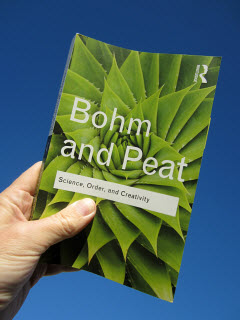
F. David Peat was a long-time co-worker with Bohm and co-authored Science, Order, and Creativity which has influenced me very much. Here is my review of the book.
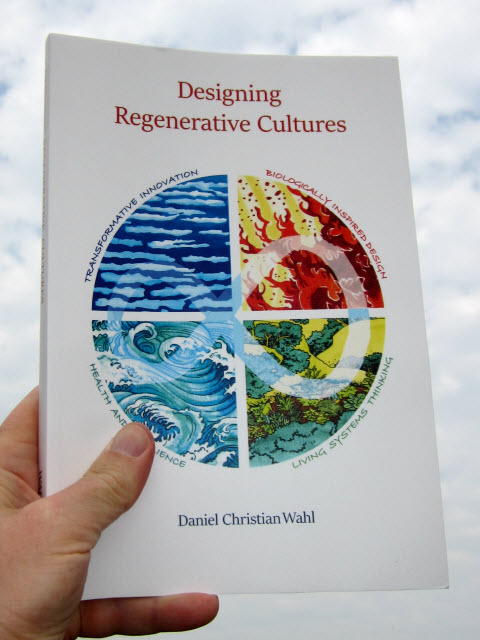
I finished reading Daniel Christian Wahl’s book on Designing Regenerative Cultures. I need to write a review.
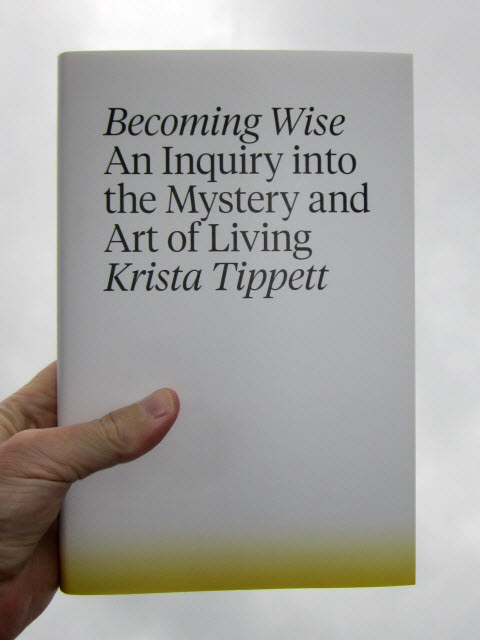
I also started reading Becoming Wise: An Inquiry into the Mystery and Art of Living by Krista Tippett. It’s an excellent book which is full of ‘gold nuggets’ from Tippet’s many interviews.
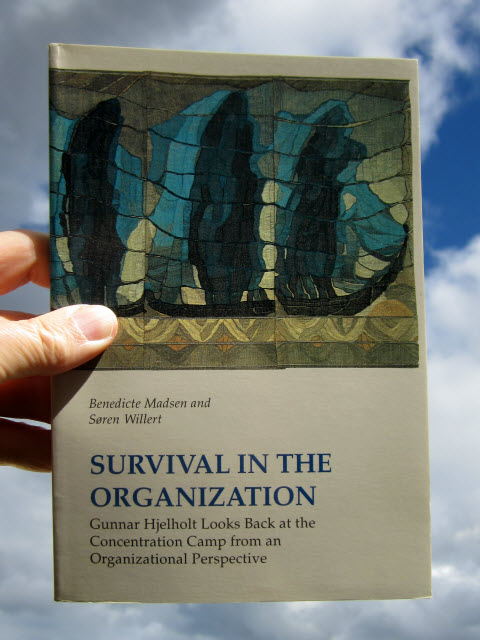
Three weeks ago, two new books arrived. The first is Survival in the Organization: Gunnar Hjeholt Looks Back at the Concentration Camp from an Organizational Perspective by Benedicte Madsen & Søren Willert. It certainly caught my attention that Gunnar Hjelholt find striking similarities between the concentraction camp and organizations in general! Here is my book review.

The second book which arrived is Focusing by Eugene T. Gendlin. Most importantly, focusing is not only an internal act which is useful in therapy. It’s also useful in approaching any problem or situation. Focusing is an example of how to access a deeper generative order. Here is my review Gendlin’s book.
I also found this lecture by Mae-Wan Ho on Why Beauty is Truth and Truth Beauty.
Two weeks ago, I found this introduction to Thinking at the Edge (TAE) with Mary Hendricks and Eugene T. Gendlin. Interestingly, TAE was developed from Gendlins’ Philosophy of the Implicit. Gendlin, being both a psychologist and philosopher, is a most interesting thinker!

I read Stealing Fire: How Silicon Valley, the Navy SEALS, and Maverick Scientists Are Revolutionizing the Way We Live and Work by Steve Kotler and Jamie Wheal. It’s a well-written book, but the authors are stuck in a mechanistic mindset. They view the brain as a machine.6 And they talk about brain’s “knobs and levers” throughout the book.7 I don’t find it much of an improvement to view our psychology as a user interface (or UI), rather than an operating system (or OS).8 Both metaphors are misleading. The authors also believe that it’s possible to program living cells with the same ease that we program computers.9 These are just a few examples.
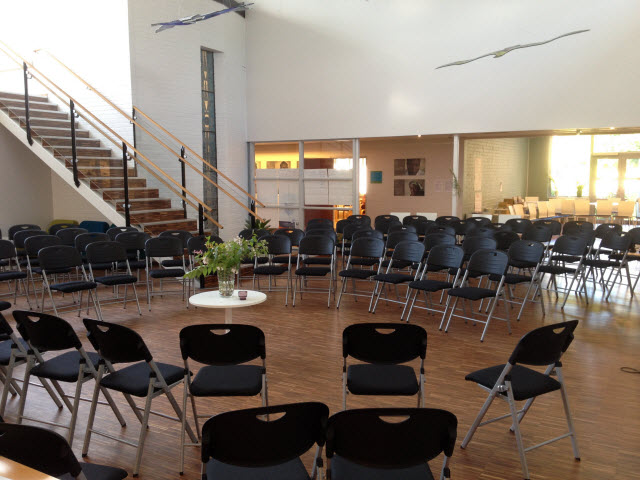
I participated in the Nordic Friends Yearly Meeting 2017. Here is a summary of my experiences. Here is also a beautifully sad Norwegian song which the Norwegian Quakers shared during the Yearly Meeting. The song is about light, beacons, and the fairway which both takes you away from home, and home.
This week, another of Eugene T. Gendlin’s books arrived.
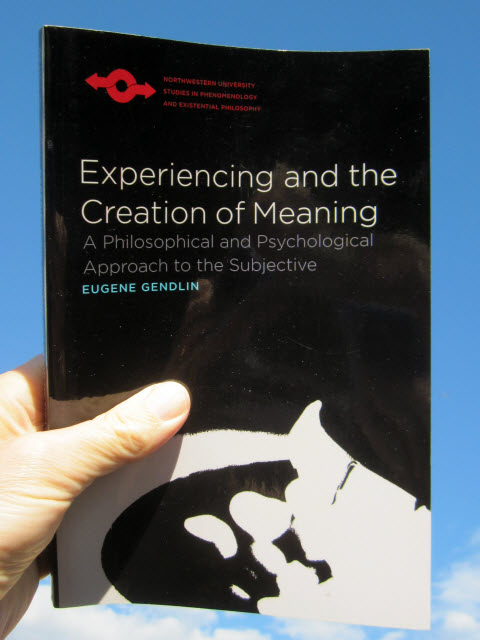
It’s Gendlin’s book on Experiencing and the Creation of Meaning: A Philosophical and Psychological Approach to the Subjective. I’ve just started reading and already find the book fascinating.
What was good? What can be improved?
It was good that I finally got this retrospective written. It feels really satisfying to see how my love of reading and learning flow into these forms. Now, it’s time to return to my old habit of doing weekly retrospectives.
Notes:
1 The notion of generative order is from David Bohm & F. David Peat. See Bohm and Peat, Science, Order, and Creativity (Routledge, 2010-09-01, first published 1987-10-01), pp. 80, 148, 154–157, 216, 286–287.
2 The notion of organizing order is mine, but it is based on David Bohm & F. David Peat’s notion of order. Ibid., pp. 97–146.
3 The notion of an overall paradigmatic framework is also from David Bohm & F. David Peat. Ibid., p. 276.
4 The notion of autognomics is from Skye Hirst and Gene Pendergraft. Skye Hirst chose the word autonomics, while Gene Pendergraft addeded the “g” to make it autognomics. See History of TAI (accessed 2017-07-16).
5 See also the description of autognomics in TAI’s Glossary (accessed 2017-07-16).
6 Steve Kotler and Jamie Wheal describe the human brain as the most complex machine on the planet. See Steve Kotler and Jamie Wheal, Stealing Fire (HarperCollins, 2017), p. 37.
7 Ibid., pp. 24, 85, 95, 113, 153.
8 Ibid., p. 112.
9 Ibid., p. 133.
Related posts:
Organizing in between and beyond posts
Leave a Reply
You must be logged in to post a comment.